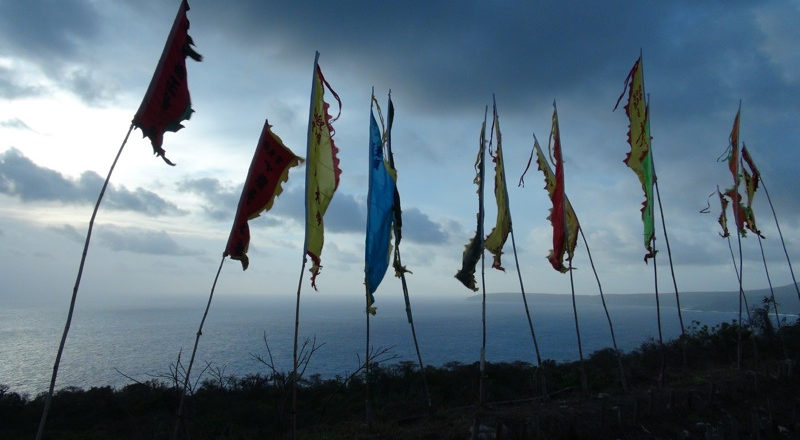
By Maya Borom
 The drive by governments to privatise what are usually key governmental functions, such as refugee processing and detention, reform and prison, and health care is one that is being mirrored around the world — with the big winners being transglobal/multinational corporations.
The drive by governments to privatise what are usually key governmental functions, such as refugee processing and detention, reform and prison, and health care is one that is being mirrored around the world — with the big winners being transglobal/multinational corporations.
In his book Profits of Doom: How Vulture Capitalism is Swallowing the World Antony Loewenstein provides case studies on how corporations such as Serco and G4S make a profit from activities that were traditionally provided by the State. In the opening chapter, “Curtin Immigration Detention Centre – Cash for Care”, Antony visits the RAAF base, once referred to as “hell on earth” and the place where the Department of Immigration and Citizenship (DIAC) have opened a refugee camp to house mostly male detainees. It’s an interesting glimpse into the bureaucratic processes of running detention centres that the vast majority of the Australian population will never have to think about — yet the effects of such transglobal companies ripple throughout society. The chapter details how a corporation such as Serco can manage to run multiple detention centres in Australia with relative autonomy and transparency and segues nicely into the second chapter, “Christmas Island: Prison in the Pacific”, where he witnesses a boat of refugees heading to shore.
Loewenstein devotes a substantial part of the book to Papua New Guinea (PNG), recently in the news because of the Australian government’s decision to send asylum seekers to Manus Island. It’s obvious that the Australian decision is the least of their problems when its natural resources are being plundered in the name of big business — as well as by states competing for power in the region. The ability to get up close and personal with characters from grassroots organisations to provincial governors means that Loewenstein is able to present a different viewpoint to that of the prominent happy and carefree images of PNG that grace corporate publications. It’s easy to see just how applicable the term ‘disaster capitalism’ is to the country and easier still to see the type of influence it will have in terms of real socio-economic benefit to the majority of the inhabitants of PNG (sadly, very little).
Of note too are the chapters on Afghanistan and Pakistan, and Haiti where the line between contractors and governments get mixed, and where for the most part the law becomes blurred and the need for transparency flies out the window. In Afghanistan, the US State Department awarded contracts worth over one billion to DynCorp in a bid to build up local security forces, while in Haiti 500 million of the 1billion in humanitarian aid was handled by the US Department of Defense — this was also directed to contractors. The book’s case studies have uncovered the covert players in what appears to be a game to control States — and Loewenstein’s arguments that the erosion of democracy is being met with relatively little fanfare or care by the world media becomes stronger and stronger as the reader progresses.
Profits of Doom: How Vulture Capitalism is Swallowing the World is written in a conversational narrative and this lends weight to the book as a whole. Loewenstein is interested in trying to tell the stories of those people involved in, caught up in, living in, experiencing and struggling against massive corporations and their ideologies, and juxtapositioning this against the organisations that seek to control most aspects of governmental functions.
It is a confronting read but one that should be on everyone’s list, lest you are aware of who really controls the purse strings around the world.



